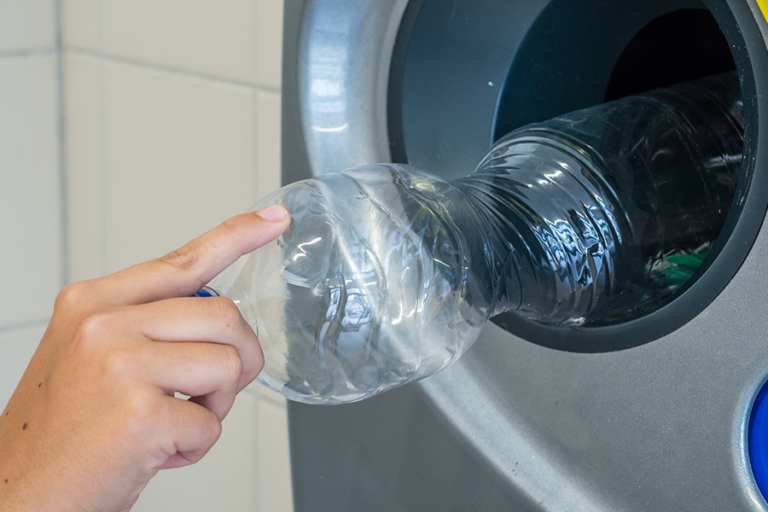Many in catering, and the broader procurement community, talk about P2P – purchase to pay, or procure to pay. But despite it being a frequently heard phrase, there’s no single definition of P2P.
So what is P2P?
At its core, the idea of P2P is the establishment of a process that will automate everything an organisation needs to do, to efficiently handle the buying, ordering, receiving and settlement of invoices for goods they need.
At a consumer level, the buying process is so simple as to be almost unthinking – many of us visit the grocery store every few days, and come home with what we need for dinner without any trouble. But at the scale of a large organisation, it’s a whole different task, requiring much administration, checking and tallying to ensure that what is ordered and received matches what is paid for – and meets required standards.
A well-designed P2P programme does away with most of that administration, saving users lots of time and eliminating many opportunities for error. Those that are best in class provide support for a user, right from initial procurement, through to an automated payment system that ensures invoices are settled, correctly, in a timely fashion.
How do you design a P2P system?

Matt Ferris, Product Manager at Pelican Procurement, has spent several years leading the development team for Pelican’s in-house software suite, Pi, as an efficiency tool that helps catering, finance and procurement teams operate more efficiently. As such, he has led the development of modules that meet the varying needs of procurement professionals with hospitality, education, healthcare and other sectors – and has created one of the most comprehensive procurement to purchase systems in the marketplace.
“For us at Pelican, the first P in P2P stands for procurement. More than simply purchasing, procurement is a routine we undertake for all new clients, and on a regular basis for existing clients.”
“Procurement starts with us asking a client what products and supplies they need and looking at the most important issues they face. It’s not always about price, like quality, delivery schedules and general levels of supplier service are also key considerations.”
“Having asked the right questions, we can then put together a brief and prepare documents to go out to tender. We won’t necessarily be looking for a single supplier to handle everything our client needs, as there are often specialists in particular areas.” Pelican presents clients with the best options from suppliers – and lets them decide which they will buy from. Once selected, those suppliers, and the prices and service levels they committed to, are entered into the Pi system, making future compliance checks easy.
Pelican, as a food procurement specialist, is used to handling supplies that aren’t simply boxes of products. Fresh produce and meat, for example, will vary in weight and size, so the Pi system is flexible enough to cope with those variations. But it is equally efficient handling all sorts of other consumables that a business will need to order regularly, from stationery to cleaning products.
A variety of Pi modules help users place orders efficiently and then record deliveries. Here, the heart of the P2P system comes into play, matching delivery notes with orders, and invoices (which are received electronically) against agreed prices and quantities. If all match up, an invoice will be passed for payment. If not, then the Pi system raises the alarm, allowing credit notes to be raised and discrepancies to be taken up with the supplier. “Clients can be confident they are only paying for the goods they have received, at the prices they agreed,” notes Matt.
Adding automated payment

The final element of P2P is payment. Some P2P systems may not completely manage this element, perhaps leaving a user to extract a data file, to input into their accounting package. At Pelican, the Pi software suite includes a fully integrated payment module: “We collect the money from the client and make all the payments to the suppliers,” says Matt. One debit to the client settles all the invoices, while Pi makes payments to individual suppliers, settling only those invoices that have been passed as correct.
“Pi has been developed over the last few years as a complete, end to end procurement to pay system,” says Matt. “We have clients who use all of the system, and some who use just a selection of the tools it provides. Whatever they use, everyone who switches to Pi enjoys a massive saving in time and administration, and their organisations often benefit hugely from easy access to real-time information about their operations, which makes internal reporting a breeze.”
Pi, which is available free of charge to Pelican Procurement clients, also includes a range of other tools including menu and allergen management, stock management and a digital meal ordering system that meets the latest needs of NHS food service teams, for bedside ordering.









